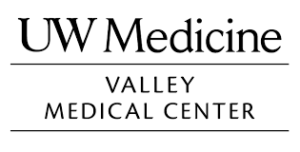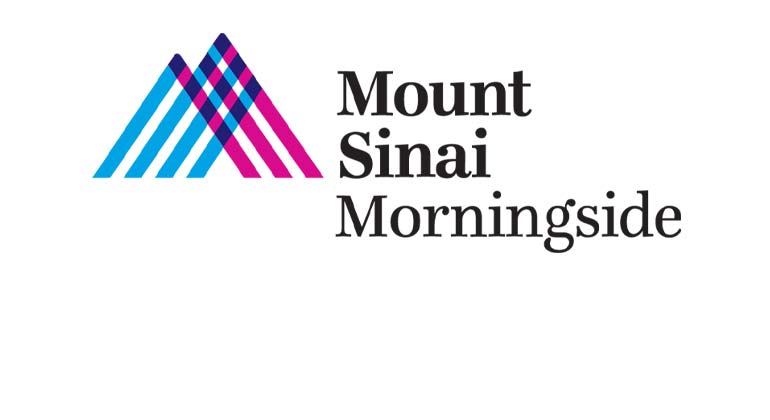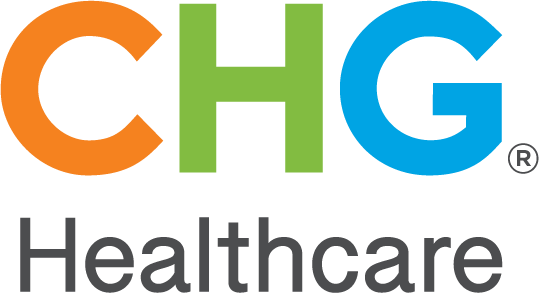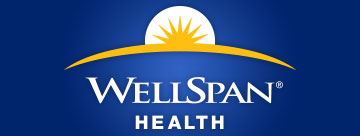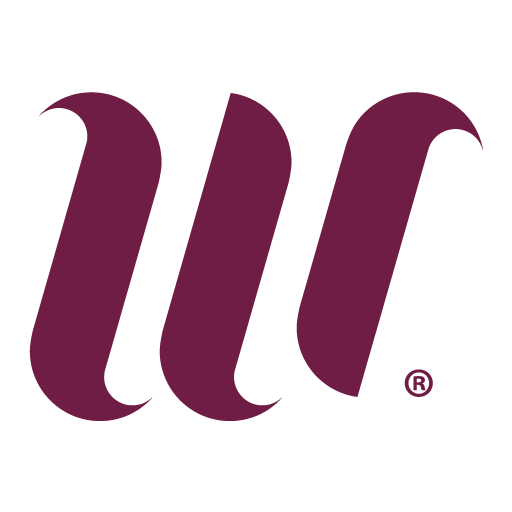Building Of A Value Stream
Children's Mercy Kansas City
Connecting Financial Stewardship And Process Improvement
UW: Medicine - Valley Medical Center
Digital Daily Management
Mount Sinai St. Luke's
How An Award Winning Culture Is The Foundation For Employee Engagement
CHG Healthcare
Lean Game Night - Simulations As First PDCA Tests
Salem Health
Lean Facilitation - It's Not A Magic Show
New Hanover Regional Medical Center
Reducing Provider Burnout Through Patient-Centered Care
Wellspan Health
Resident-Driven DMS At A Safety Net Hospital
Zuckerberg San Francisco General Hospital
The Power of Model Cells In Healthcare
Washington Health System
